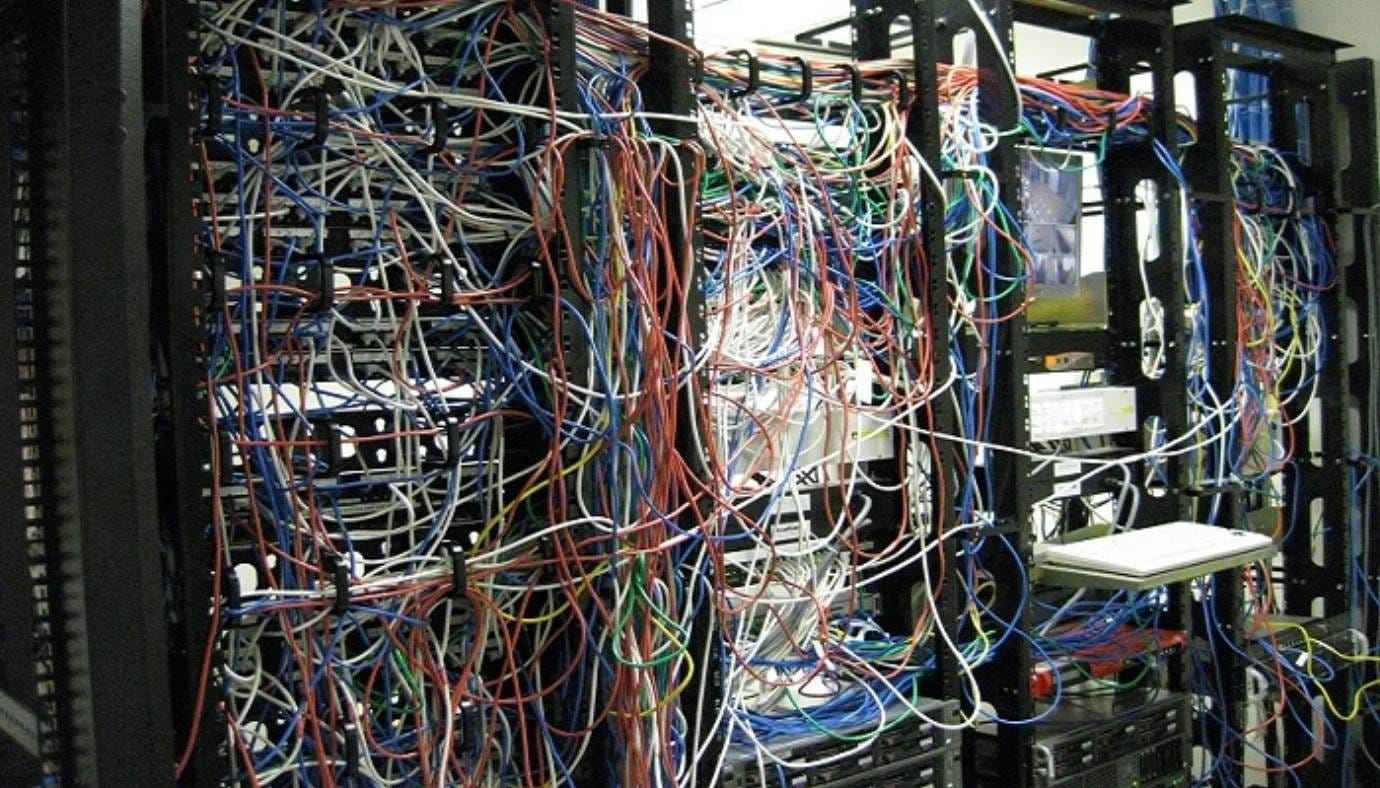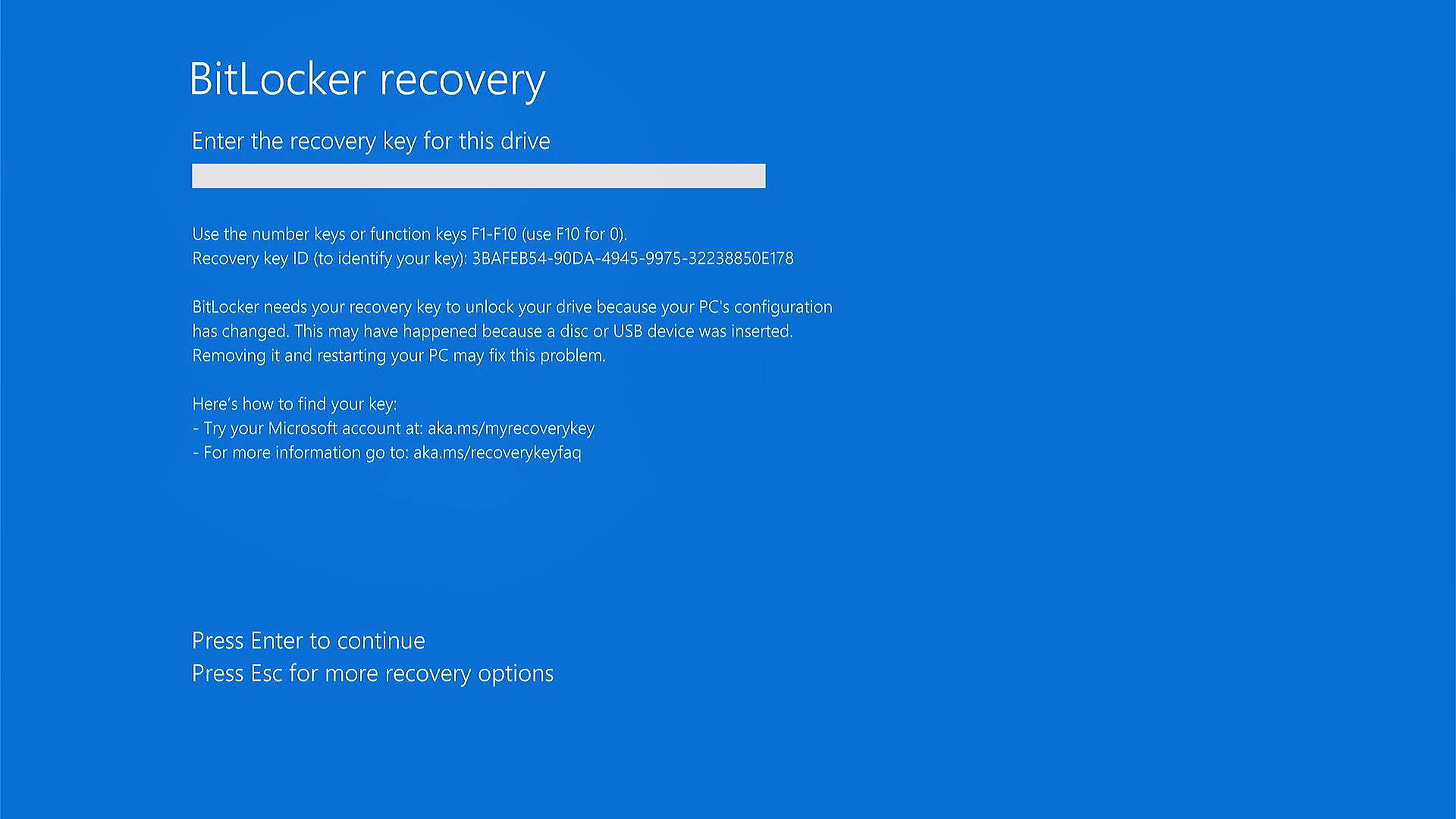The data centre complexity crisis, Microsoft's BitLocker, and the limits of AI
Plus why I'm moving my Editor's Note here.
After wasting an hour on Saturday evening trying to figure out why Office 365 was dropping my newsletter emails, I've decided to switch things around. Starting today, I'll publish my newsletter’s Editor's Note here every Sunday for better reach.
It's been a week since National Day here in Singapore, and the city is settling back into its rhythm. Meanwhile, the tech world never paused - especially in data centres, cybersecurity, and AI.
While we were watching fireworks and fighter jets, data centre operators were scrambling for expertise they never knew they'd need, new BitLocker vulnerabilities were found, and OpenAI was defending GPT-5's cost-cutting measures.
Let's dig into what this all means.
The data centre complexity crisis
Ask an industry insider ten years ago about what a data centre is, and chances are fair that you'll get a dismissive "it's just plumbing" practitioner who insists it's just four walls, cooling and electricity.
This changed as digitalisation took over the world. Before you knew it, data centres weren't just designed for reliable operations but had to be secured from physical threats, protected against cybersecurity threats, and run in a resource-efficient way.
Then AI and growing sustainability considerations entered the picture. Think new generation of high-density equipment for AI workloads, large-scale water reclamation, building renewable energy infrastructure, or experimenting with novel fuel. And that's just the start.
My point is this: data centres are getting more complex than before, and operators are scrambling for expertise they never knew they'd need. Anyone still calling it 'just plumbing' today is clearly out of their depth.
Your laptop's dirty secret
Did you know: You can remove the storage drives of PCs and most laptops to make a copy of the data?
So yes, a stolen or misplaced laptop could have its data extracted in short order. Even an unattended laptop left in a hotel room could have its storage drive cloned by a hotel employee with malicious intent and the right tools.
That's why business laptops like the Lenovo X1 Carbon have an anti-temper switch on the motherboard that triggers when the bottom chassis is removed. Or more commonly, enterprises turn to encryption like Windows' built-in BitLocker to encrypt the entire storage drive.
Of course, this assumes that BitLocker-protected drives are inaccessible without the password. But what if there's vulnerabilities in the implementation that let hackers get to the decrypted data? Or as reader Serge pointed out when he DM'ed me a YouTube video, there are other ways to break in.
Is it true? Does BitLocker have more holes than Swiss cheese?
Of course, when it comes time to decommission it, the only way to ensure your data is gone for good is to... physically destroy the storage drive, like what Google does for decommissioned storage drives here (video).
Not everyone has the resources of Google; if you live in Singapore, I once spoke with Donald Wee of Data Terminator who specialises in ensuring proper disposal of retired storage drives for enterprises and government agencies.
Are we seeing the start of the end of AI?
It increasingly looks like GPT-5 is partly a cost-cutting exercise for OpenAI. The approach? A router model that acts as a "load balancer," directing queries to either lightweight or heavyweight LLMs based on complexity. This lets OpenAI optimize for cost by default.
The evidence? The dramatically lower cost of the GPT-5 API and the abrupt removal of all other models from ChatGPT. GPT-4o access users has since been restored for paying users, but the picture is clear.
Which brings me to the real question: While GPT-5 undoubtedly shows improvements, are we witnessing the beginning of a slowdown in AI advancement or a tipping point cost-wise? Have we hit the ceiling - meaning some of us might actually keep our jobs through the decade?
But here's the thing: even if AI never gets better than today, we're still looking at a decade of disruption as businesses figure out what to do with what we've already built. And if you're wondering how I navigate this myself, you can read about how I use AI to write without compromising my voice here.
You have a great Sunday ahead!
A version of this editor’s note first appeared in my free TechStories newsletter that went out earlier today. To get this in your inbox alongside other stories I wrote this week, sign up here.





